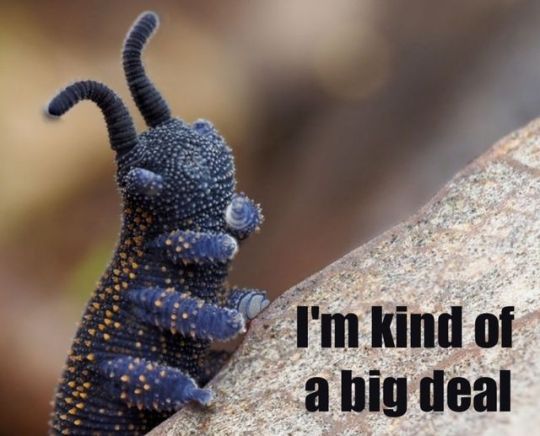#onychophora
Photo
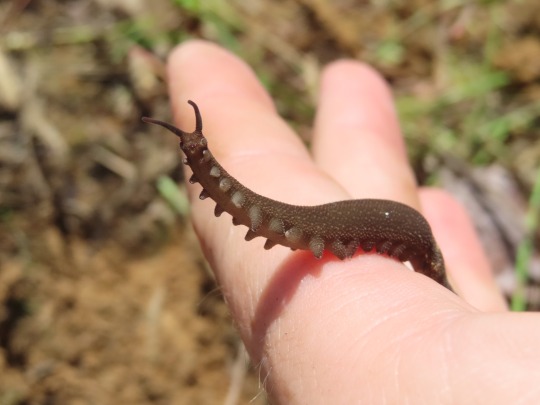

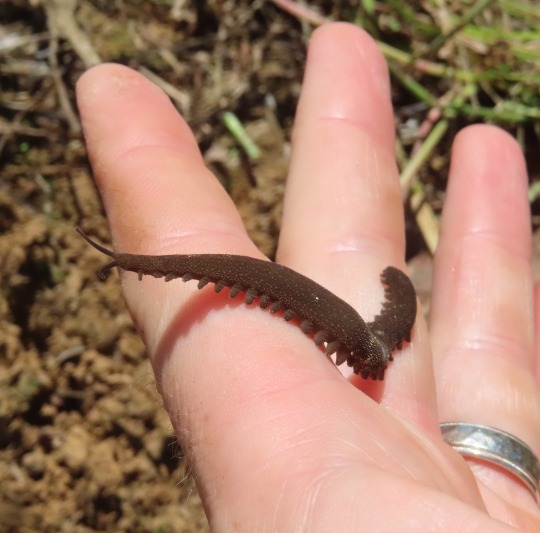
Puerto Rican velvet worm, Peripatus juanensis, Peripatidae
Photographed in Puerto Rico by wesgapp
#animals#curators on tumblr#bugs#velvet worm#peripatidae#worm#equatorial velvet worm#puerto rican velvet worm#Onychophora#one nice bug
13K notes
·
View notes
Text

yippee!!!!
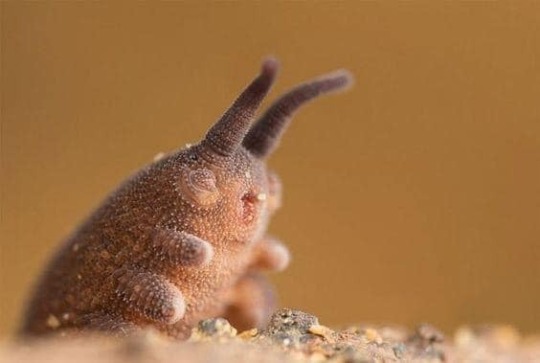
wahooo!!!
21K notes
·
View notes
Text
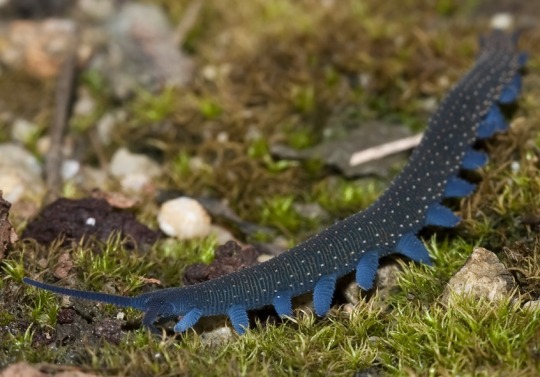
Velvet Worm (Euperipatoides sp.), family Peripatopsidae, QLD, Australia
photograph by Stephen Zozaya
5K notes
·
View notes
Text
summer's meant more bugs in the open air but i'll always say hi to the worms in the logs
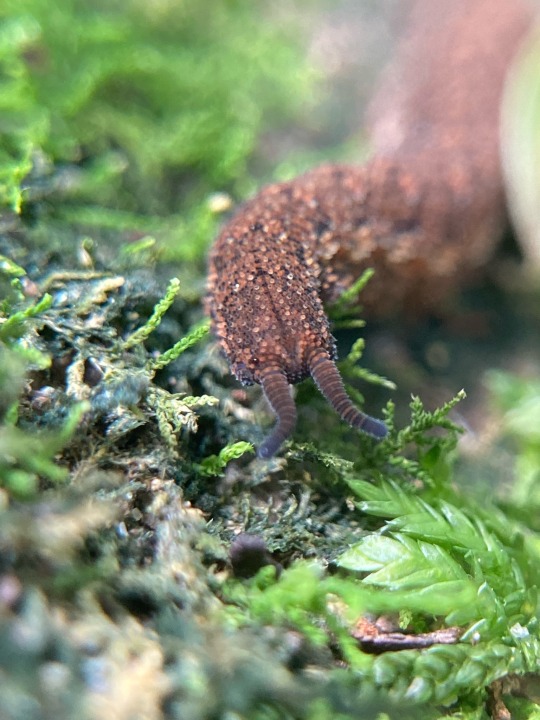
4K notes
·
View notes
Text
Just a wormy little guy
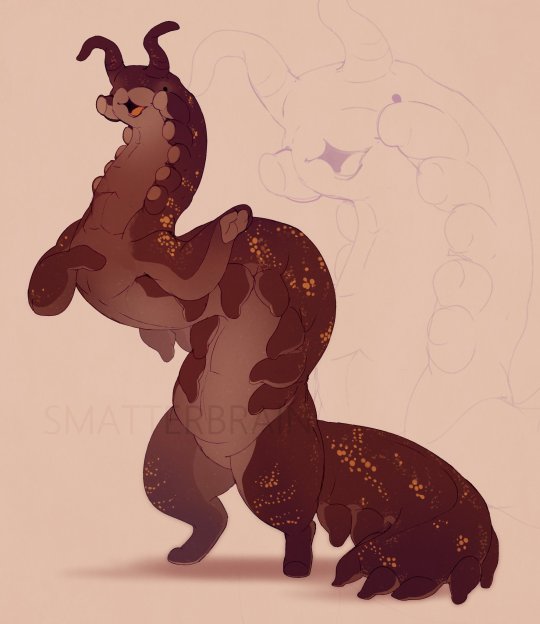
1K notes
·
View notes
Note
I didn't know velvet worms could be fat and/or colorful! May I see one?
fat <3
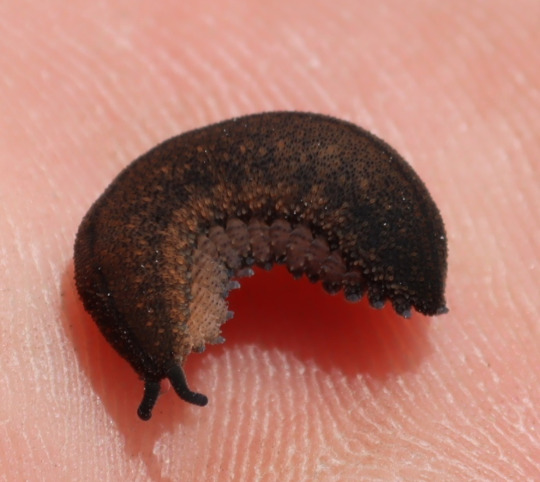
3K notes
·
View notes
Text

day 24 pink velvet worm
2K notes
·
View notes
Text
Phylum Round 1

Onychophora: Velvet Worms. This is the only phylum containing exclusively terrestrial members, although their ancestors can be traced back to the Cambrian shallow oceans. Onychophorans are ambush predators, moving with slow smooth steps to creep up on their prey. They have unique mucus glands on either side of their face which can spray jets of sticky slime, which effectively immobilizes their prey. Onychophorans have relatively complex brains, and some even live in social "packs" that live and hunt together. Many species in this phylum are ecologically vulnerable, threatened, or endangered.
Platyhelminthes: Flatworms. This phylum includes both colorful free-living members and more modest parasitic members. Free-living worms can be found in marine, freshwater, and even terrestrial environments. All flatworms are, of course, dorsoventrally flattened so their whole bodies can access oxygen from the outside, as they have no specialized circulatory system. Some flatworms are of interest to research in tissue regeneration, as they have the remarkable ability to completely regenerate a new body from a cut piece. Many classes within Platyhelminthes are exclusively parasitic, including flukes, tapeworms, schistosomes, and others. Most flatworms are hermaphroditic, and some larger marine species practice a ritual known as "penis fencing" to determine which worm's eggs will be fertilized.
#worm on worm violence#the wikipedia article on onychophora is unusually detailed and thorough which is delightful#cw parasites#onychophora#platyhelminthes#animal bracket#tumblr bracket#bracket tournament#poll bracket#phylum round 1#phylum
274 notes
·
View notes
Text
Phylum #16: Onychophora, the velvet worms!
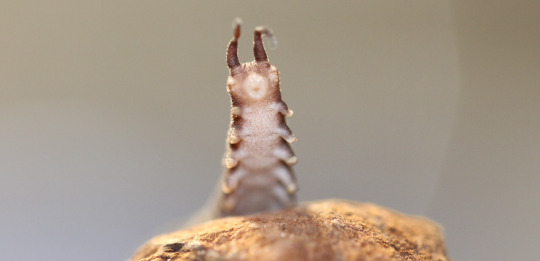

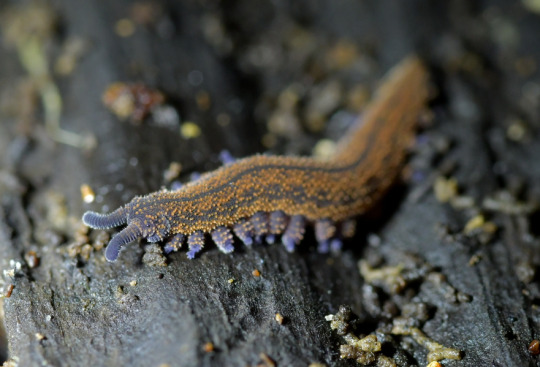
"Lobopods", unarmored relatives of arthropods, have a long and rich history. While early forms like Hallucigenia remain unclear as to their affinities, another lineage had already split from the first arthropods. Velvet worms still thrive today, having left the seas for rainforests and humid crevices.
Instead of the arthropods' articulated exoskeletons, velvet worms kept a softer, unarticulated cuticle, with tiny round "papillae" covered in bristles and scales providing their velvet-like appearance. They still moult their cuticle regularily, but do not gain new legs doing so - the babies already look like miniature adults!
Adapted to many terrains thanks to their flexible body and clawed legs, velvet worms are true ambush predators. They come with a special weapon: a glue-like slime, immobilizing prey and repelling predators, shot from appendages on each side of their mouth.
Velvet worms are also intelligent, social creatures. At least one species, Euperipatoides rowelli, is known for hunting together, living in groups of up to 15 individuals with complex interactions establishing their social hierarchy. Individuals within a group are often closely related, with most species giving live birth and taking care of their young!



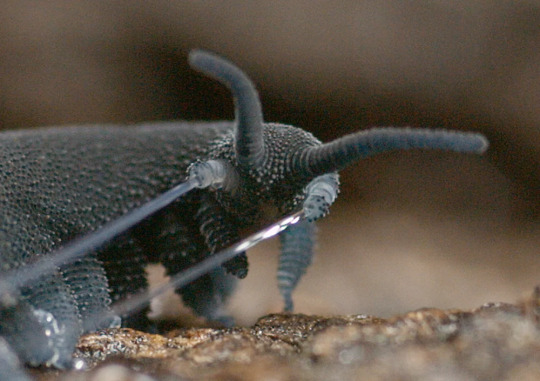
381 notes
·
View notes
Note
have a you ever seen what a velvet worm is? If not then I highly suggest you do. Trust me, you’ll be pleasantly surprised
This creature looks so pathetic, I was compelled to draw it.

#velvet worm#insects#drawing#art#animals#animal#creatures#beasts#beast#illustration#illustrations#artblr#worm#Onychophora#I'm not writing all the fancy words for them#just know my parental instincts initiated the moment I saw a close up of them#(note: this is NOT anatomically correct)#messages from beyond the ask box#bugs cw#bug#bugs#insects cw
166 notes
·
View notes
Text
Velvet worms!
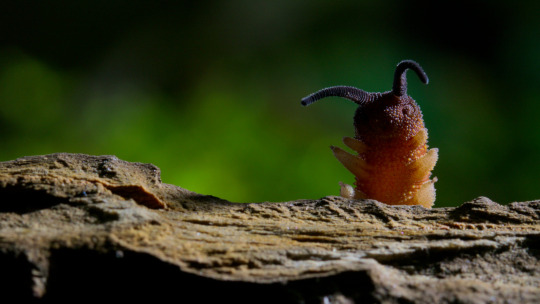


These adorable little creatures are distant cousins of arthropods, but don't have an exoskeleton like them! Instead, their skin has a more velvet feeling, hence their name! They are believed to have existed for more than 500 million years, and...

Yes, they can shoot glue at you if they're angry (or hungry)! They're formidable predators, but also social, living and hunting in groups! Most species are viviparous, with the mothers taking care of their youngs. And they're so colorful and adorable!


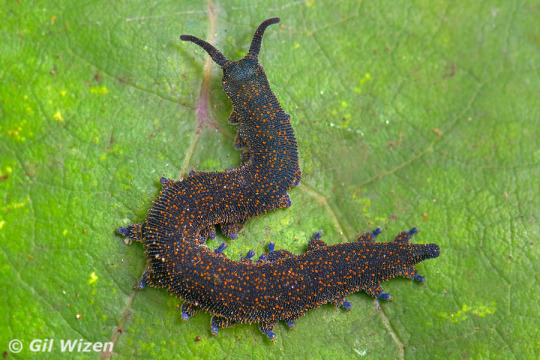

315 notes
·
View notes
Photo
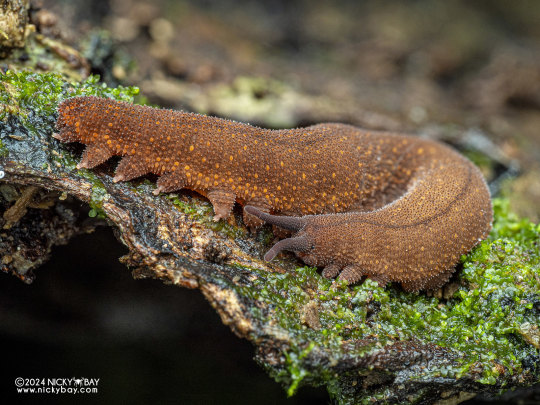

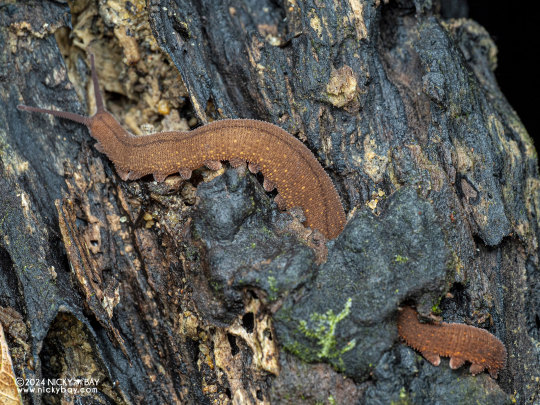


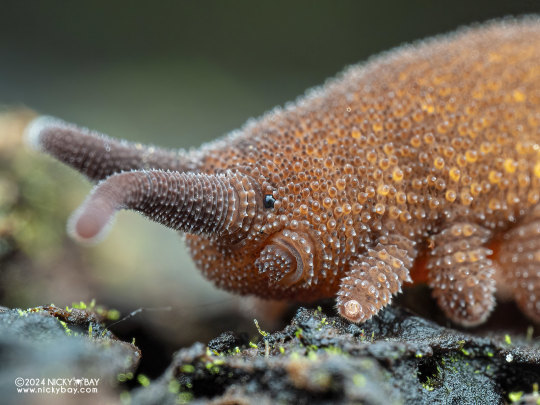

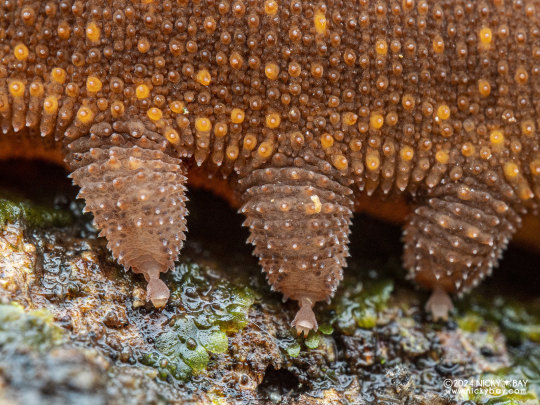
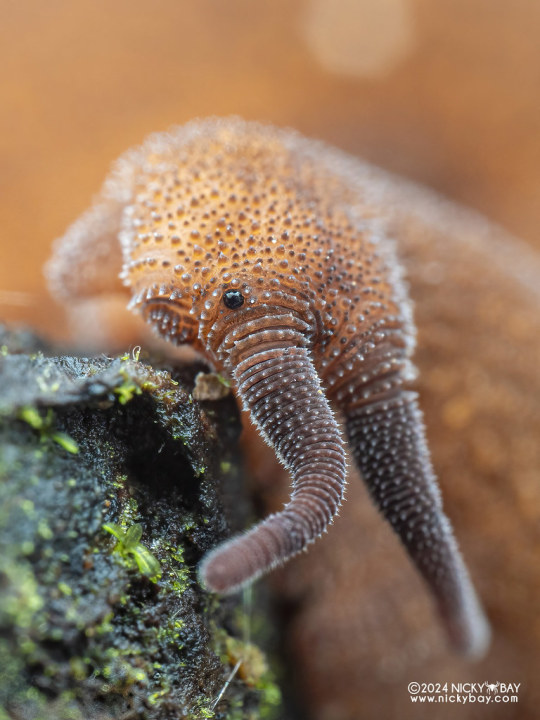

Velvet worm, Eoperipatus sp., Peripatidae
Photographed in Singapore by Nicky Bay // Website // Facebook
Shared with permission; do not remove credit or re-post!
#animals#curators on tumblr#bugs#velvet worm#worm#equatorial velvet worm#Onychophora#Eoperipatus#one nice bug#ok but the lil claws on their peets??#a lot for me to handle
4K notes
·
View notes
Text
so when velvet worms shoot out slime as a defense mechanism, it’s cool and awesome. but when I do it, i’m “really sensitive” and “cum too fast”
123 notes
·
View notes
Text
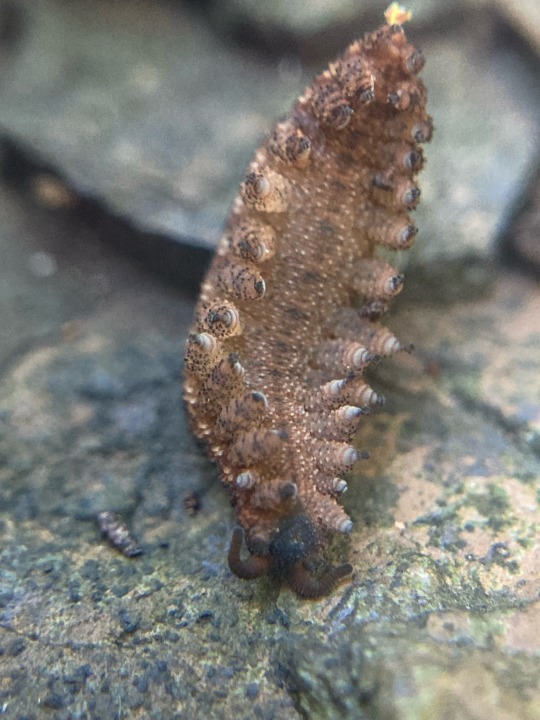

double wourm day yesterday. the mountain abounds with them
#also three (3) weevils whose only recorded observations since they were described in 1927 are by me. theyre not even that cryptic#onychophora#peripatopsidae#anoplokaros keerensis#velvet worm#love how they just sit there when flipped#the flipping is done gently to sex them it's not just for shits and giggles
4K notes
·
View notes
Text
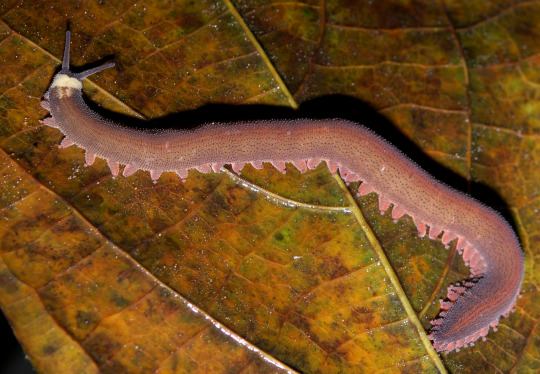
Velvet Worm, Oroperipatus sp., Yasuni National Park, Ecuador
photograph by Geoff Gallice
38 notes
·
View notes
